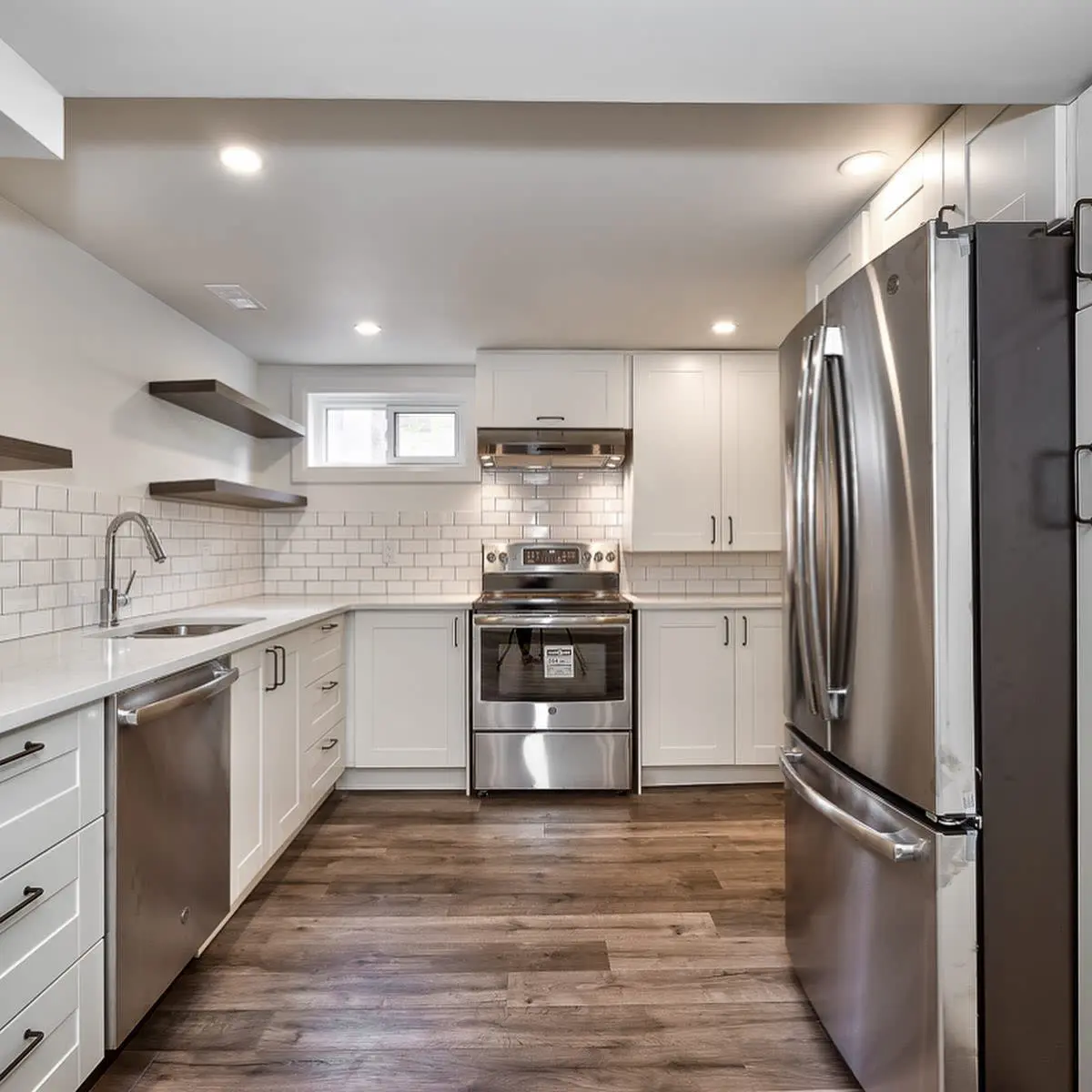Comparing Secondary Suites vs. Basement Developments

Which Option Is Right For Your Home Expansion?
Adding extra living space to your home can help accommodate growing families, multi-generational households, guests, and more. When you need more room but don’t want to move, two popular options for expanding within your existing home are finishing your basement or adding a secondary suite.
Both approaches create new livable space, but they work in different ways. Understanding the key differences will help you choose the best option based on your home layout, budget, and needs.
This article provides an overview of secondary suites versus basement developments – comparing the pros and cons of each approach. We’ll look at important factors to consider when deciding which option may work best for your unique situation. With the right information, you can make an informed decision about the most strategic way to gain more room in your current home.
Secondary Suites
Secondary suites, also known as in-law suites, are essentially a second self-contained dwelling within an existing home. They have their own separate entrances, kitchens, living spaces and bathrooms.
Secondary suites allow homeowners to add an extra living space that is separate from the main home. This self-contained area can be used in different ways, like housing adult children, elderly parents, long-term guests, caretakers or can even be rented out.
The biggest advantage of secondary suites is that they don’t require major renovations or additions to the home. Converting existing basement or attic space into a suite is often cheaper and easier than adding on to your home. Building codes and zoning bylaws differ across municipalities, so homeowners need to check if secondary suites are permitted and licensed before starting the project.
Overall, secondary suites are a flexible and cost-effective option to expand living space for multi-generational families or earn extra rental income while having guests/tenants remain in close proximity. They provide homeowners the opportunity to adapt their home as needs change, without having to move.
Pros of Secondary Suites
Adding a secondary suite to your home can provide some great benefits. Here are some of the main pros of secondary suites:
- Extra income potential – One of the biggest advantages of adding a secondary rental unit is the ability to generate additional income by renting it out. Whether you rent to long-term tenants or use it for short-term rentals, a secondary suite can provide monthly rental income that helps offset your mortgage and other housing costs.
- Flexibility for guests – A self-contained secondary suite also gives you flexibility in hosting guests or relatives. You can offer them private and comfortable accommodations while still having your own space. This makes it convenient for hosting family members for extended stays or having a space to accommodate visitors.
- Increased property value – Having a legal secondary suite that conforms to regulations can increase your property’s value versus a home without a suite. This added value comes from the rental income potential.
- Mortgage helper – The rental income earned from a secondary suite can provide an affordable way for homeowners to pay down their mortgage faster or qualify for a larger mortgage than they could otherwise afford on a single income.
- Provides independent living – A secondary suite offers the opportunity for a degree of independent living for family members who want a space of their own, seniors who want to age in place close to family, or an adult child just starting out.
Cons of Secondary Suites
Adding a secondary suite to your home can provide more living space and potential rental income, but there are some downsides to consider as well.
- Upfront Costs: Converting part of your home into a separate suite requires major renovations. You’ll need to budget for things like adding a private entrance, kitchen, bathroom, bedrooms, and living space. Just building a basic secondary suite can cost $50,000 or more.
- Maintenance: As a landlord, you’ll be responsible for maintaining and repairing the suite. Appliances, plumbing, electricity, heating – anything that goes wrong will be your problem to fix. Regular maintenance and repairs can become costly over time.
- Reduced Privacy: Having tenants sharing your home means a loss of privacy. You may hear your tenants through shared walls or encounter them coming and going from the suite entrance. For some homeowners, this lack of privacy is a dealbreaker. Carefully consider your comfort level before committing to a secondary suite.
Basement Developments
Basement developments, sometimes referred to as basement apartments or in-law suites, are one option for adding living space to your home. A basement development essentially converts an existing basement into a separate rental unit or living space. This is done by finishing the basement, adding amenities like a kitchenette or full kitchen, bathroom, separate entrance, and dividing walls to create separate living areas.
Some key things to know about basement developments:
- They allow you to convert unused basement space into livable square footage, essentially adding a separate unit or apartment within your home. This can be used to house family members, long-term renters, Airbnb guests, etc.
- Basement developments require permits and must meet building codes and zoning regulations for your area. Regulations vary by municipality so be sure to check local requirements.
- Finishing a basement can be a major renovation project, involving electrical, plumbing, HVAC and potentially structural changes. Hiring contractors is typically required.
- Basements have some inherent challenges, like lower ceilings, lack of windows and natural light, and a below-grade location. Any moisture or flooding issues must be addressed.
- Well-designed basements can feel like above-grade living spaces. Focus on finishes, lighting, ventilation and creating separation from the main home.
In summary, basement developments create new living spaces, but require major renovations and adherence to regulations. The project scope, costs and timeline need careful consideration. When done well, they can add substantial usable square footage to your home.
Pros of Basement Developments
Developing your basement is an effective way to add more living space to your home without the high costs of moving or doing a major renovation. Here are some of the major benefits of basement developments:
- Adds livable square footage: Finishing a basement adds significant living space, effectively increasing the size of your home. This extra space can be used as an in-law suite, home office, gym, theater room, or anything else you need.
- Increases home value: Adding finished living space to your basement is one of the best returns-on-investment for home renovations. Real estate data shows basement developments can increase a home’s value by 10-15%.
- More space for your money: It costs significantly less per square foot to finish a basement compared to adding on an addition. Basement spaces also don’t require land acquisition costs.
- Customizable layout: Basement spaces offer flexibility in layout and design. You can customize it exactly as you need – for example adding a kitchenette and full bathroom for an in-law suite.
- Energy efficient: Basement spaces stay cooler in the summer and warmer in the winter, reducing HVAC costs. New building codes also require better insulation and humidity control.
Overall, developing your basement is a smart, cost-effective way to add high-quality living space to your home. The added space and value make it one of the best investments you can make.
Cons of Basement Developments
Developing a basement into a living space can be an expensive endeavor. Digging deeper into the ground to expand the basement, installing proper moisture barriers, and adding amenities like plumbing and electricity can add up quickly.
Moisture is also a major concern with basement developments. Since basements are underground, they are prone to moisture issues like flooding, leaks, mold, and mildew. Waterproofing and installing high-quality drainage systems are essential. Despite best efforts, basement spaces may still feel damp and chilly compared to above-ground rooms. Dehumidifiers are commonly needed.
There is also the lack of natural light in a basement. Adding sufficient lighting and utilities to make a basement feel like livable space comes at a cost. Due to their underground location, basements tend to have limited views of the outdoors as well.
Overall, while expanding into a basement can gain you more square footage, the expenses involved means it may not provide as much value per dollar as an above-ground secondary suite addition. The moisture and lack of light issues can also make basements less desirable as living spaces.
Comparing Secondary Suites and Basement Developments
When deciding whether to add a secondary suite or develop your basement, it’s important to weigh the pros and cons of each option.
Pros of Secondary Suites
- Adding a separate entrance, kitchen, and bathroom to create a suite can maximize unused space in your home.
- Secondary suites provide rental income from long-term tenants or short-term guests.
- Creating a private suite allows for multi-generational living while maintaining independence.
- Secondary suites are a flexible way to accommodate changing family needs over time.
Cons of Secondary Suites
- Constructing a private suite requires renovations which can be costly, especially if adding a separate entrance.
- Having tenants on your property means less privacy and restrictions on using the space.
- Additional appliances, plumbing and electricity use will increase utility costs.
- There may be zoning regulations, permit requirements, and rental laws to follow when creating a legal suite.
Pros of Basement Developments
- Developing an unused basement is often more affordable than adding a suite.
- Basement renovations like adding bedrooms, a family room, or gym can add living space for your own needs.
- Upgrading mechanical systems, insulation, ventilation and finishing a basement protects your home’s foundation.
- Adding living space to your basement increases your home’s value.
Cons of Basement Developments
- Dampness, humidity and low ceilings can make some basements less desirable spaces.
- Natural light is limited unless egress windows are added.
- Heating, cooling and dehumidifying costs may be higher for basement spaces.
- Basement height and layout may restrict options for comfortable furnishings.
- Basements don’t provide the flexibility of a separate suite if your needs change.
Factors to Consider
When deciding between adding a secondary suite or developing your basement for more living space, there are a few key factors to take into account:
Budget
What is your budget for the project? Developing a basement can be more expensive than adding a secondary suite, especially if you need to do excavation work or reinforce load-bearing walls. Get quotes from contractors to understand the costs. Secondary suites may require less extensive renovations.
Permitting
Will you need permits and will the project adhere to zoning regulations? Adding a secondary suite or developing a basement both require permits in most municipalities. Research permit costs and processes, as well as zoning bylaws regarding secondary suites, basement height requirements, separate entrances, and more.
Long-term plans
What are your long-term plans for the space? A secondary suite could provide rental income if you have a separate entrance and kitchen. Basement developments can work for extended family or guests. If you plan to live in the space yourself eventually, a basement may provide better ceilings, light, and appeal.
Evaluate your budget, permitting needs, and long-term goals for the space as key deciding factors between secondary suites and basement development. Consult with contractors and your local government to understand all considerations and costs involved.
Conclusion
Choosing whether to add a secondary suite or develop your basement for more living space can be a difficult decision. There are pros and cons to each option that need to be carefully weighed.
Secondary suites provide more independence and separation between the main home and the rental unit. They work well for long-term tenants or as a dwelling for relatives. However, constructing a separate unit can be costly and may not align with municipal regulations.
Basement developments maximize your existing footprint by making use of the space beneath your home. Finished basements can add a significant amount of living area and value to your property. The downside is that basement units typically provide less privacy, natural light, and independence from the main home. Soundproofing and moisture control also need consideration.
When deciding, think about your budget, long-term plans, and local regulations. Get quotes from contractors and talk to your municipality. Weigh independence vs integration, and rental income vs resale value. There is no one-size-fits-all solution – assess your needs, lifestyle and goals.
With careful planning, either a secondary suite or basement development can successfully add functional living space and value to your home. The options provide flexibility based on your specific situation. With some research and forethought now, you can make the best choice to meet your needs for years to come.
"Transform Your Home with Confidence: Trust the Experts at Thorstein to bring Your Vision to Life"
We understand that the multitude of regulations and requirements surrounding secondary suites can feel overwhelming, which is why having a professional team by your side to meticulously plan and expertly manage your project is crucial. At Thorstein Construction Ltd, we take immense pride in being a trusted leader in home renovations throughout Edmonton. With our extensive experience in delivering outstanding results, ranging from comprehensive renovations to specialized projects, we assure you that your dreams will become a reality. Don’t just take our word for it, read our reviews below.














